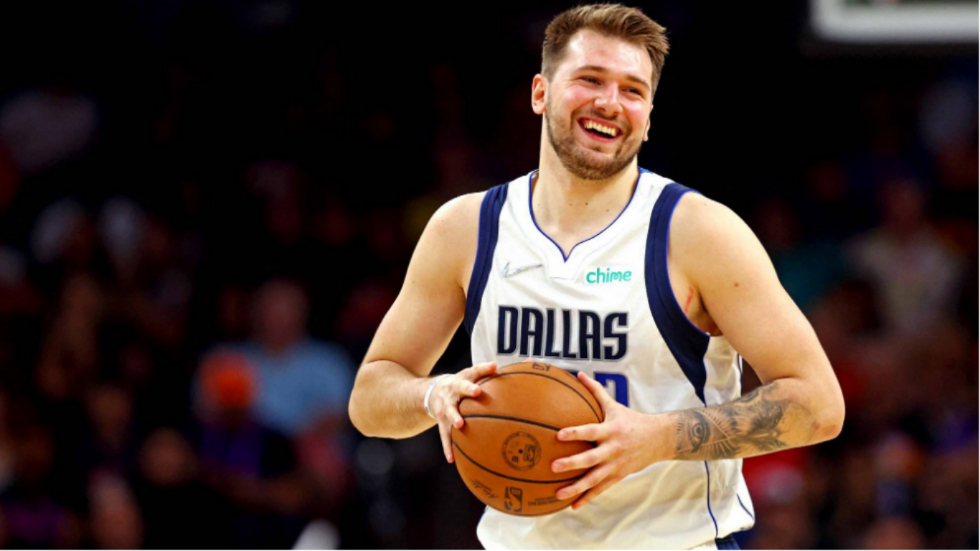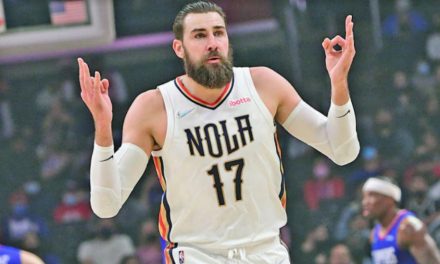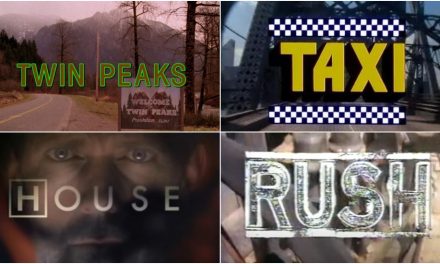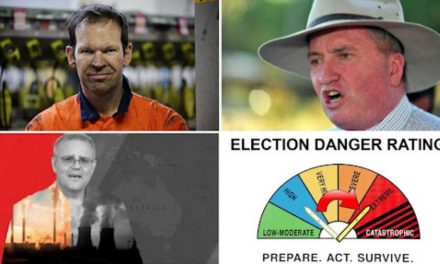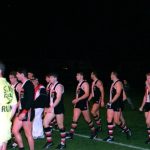He might only be 23 years old, but Luka Doncic is already one of the best basketballers on the planet. Photo: Reuters.
Well, you can’t say that the Dallas Mavericks’ new powerbase of coach Jason Kidd and general manager Nico Harrison is conservative.
Despite a season that was running pretty much to expectation, Harrison pulled the trigger on perhaps the biggest deal at the trade deadline and turned misfit centre Kristaps Porzingis into Spencer Dinwiddie and Davis Bertans.
On paper, an underwhelming return. Yet the Mavs flourished without their 7’3” Latvian lightning rod, going all the way to the Western Conference Finals before falling to eventual champion Golden State.
Despite that unexpected run, this team is still somewhat flawed. What moves can Harrison and co. make this off-season to keep the momentum going?
The roster
Dallas is for sure a good, solid team. But is it a top-two-in-its-conference type of team? Or was this run a little bit fluky?
The Mavs took down a Jazz team at the end of their tether in round one before possibly getting a little fortunate that the Suns had to combat injuries and COVID on top of the Mavs themselves.
The Dallas hierarchy would be wise to stay as objective as possible when assessing its squad.
That squad is clearly led by sure-fire Hall of Famer (can we say that about a 23-year-old?) Luka Doncic.
The Slovenian wunderkind averaged close to a triple double a night with decent shooting splits considering the difficulty of most of his shots.
He is the centre of the Mavericks universe and that’s not a bad thing. Doncic is perhaps the NBA’s most singular offensive star since prime James Harden (though it would have been fascinating to see Kevin Durant play his prime in a heliocentric offence).
That said, we’ve seen the pitfalls of placing too much offence onto the shoulders a soloist, no matter their abilities as a virtuoso. That’s where Porzingis was supposed to help. Alas …
The emergence of Jalen Brunson has helped ease Doncic’s burden. The 25-year-old averaged a career high 16.3 points through the regular season, upping that to 21.4 through the playoffs.
An unrestricted free agent, his retention is crucial to the Mavs’ future. Likewise, Dinwiddie’s mid-season arrival gave the Mavs offence a little bit of variation, too.
Dinwiddie just didn’t fit in with the Wizards but developed a nice chemistry with Doncic as both a playmaker and shooter.
Around them are a pair of ace defenders with jump shots that come and go like the tides in Reggie Bullock and Dorian Finney-Smith.
Tim Hardaway Jr’s return from a broken foot will be most welcome and while he’s not the defensive presence that Bullock and Finney-Smith are, he’s a far better shooter than both of them.
Don’t let the percentages fool you – Hardaway is guarded when he’s shooting. The players guarding Bullock and especially Finney-Smith are usually assigned to be the double team coming at Doncic.
Up front the Mavs are an eclectic bunch.
Dwight Powell is an expert rim runner with practically no other offensive skills to speak of. He’s a good positional defender but isn’t a shot blocker or rebounder and is essentially Kevon Looney without the ‘switchability’ – not ideal in a starting centre.
If you could combine Powell with Maxi Kleber you’d have a fine player. Kleber – famously from the same town as another rather well-regarded Maverick – can stretch the floor and create against a close out, but he’s not a natural centre and can get monstered down low defensively.
The Mavs have already made a change since their season finished, acquiring Christian Wood from the Rockets for a first-round pick, that guy who was killed by John Wick and some pocket lint.
PLEASE HELP US CONTINUE TO THRIVE BY BECOMING AN OFFICIAL FOOTYOLOGY PATRON. JUST CLICK THIS LINK.
Team needs
In yet another Luka Doncic/Trae Young parallel, this Mavs season bore many of the marks of last season’s Atlanta Hawks, sneaking into the conference finals at the hands of hobbled/flawed opposition.
The Hawks doubled down, believing that a conference finals appearance was a fair representation of their team, it looks as though Dallas is already learning that standing still can mean going backwards.
In trading for Wood, the Mavs appear to understand their roster is incomplete. Wood provides the same mix of shot blocking and shooting that Porzingis did, but with greater agility on the perimeter and, importantly, without the need to touch the ball every time down the floor.
He’s also cheaper and far healthier, which helps.
With a two-way centre on the books, the Mavs’ primary need is consistent two-way wings – not an easy thing to find, by any means.
All of their primary wing players are capable of providing a full-court impact on any given night, though the inconsistencies of Hardaway, Bullock and Finney-Smith are there for all to see.
Athletic young Australian Josh Green became a regular part of the rotation in his second year as a pro and is already a good defender, though not yet on the same level as his more established teammates.
As his jump shot and handles improve (he shot 35.9 per cent from deep on limited opportunities this season), look for him to get more minutes and potentially solve a nagging problem for the Mavs.
In the meantime, it might be worth Jason Kidd playing his three-point guards together more often.
Dinwiddie is the size of a traditional two and Doncic is a legitimate combo forward in stature. On a team that doesn’t have wings as their primary offensive drivers – like, ironically, the Mavericks – perhaps that alignment might give Dallas more consistency on the perimeter without too much of a cost defensively?
The cap sheet
Come hell or high water, the Mavericks will pay the luxury tax in 2023. It’s the first time the team has hit that level of financial obligation since its championship-winning campaign of 2011.
After the Wood trade, the Mavericks are handing out a touch over $153 million to 11 players with Brunson’s expected extension to eventually inflate that figure some more.
The positive is that Brunson and the recently acquired Wood aside, all the key Mavericks are under lock and key, with Kleber’s expiring $9 million deal the only other contract due an extension.
Expect Maxi to sign something similar to the deal on which he’s currently on – a three-year $30 million deal seems fair.
Wood’s deal expires at the end of the 2023 season though, as a recently traded player, he doesn’t become extension eligible until six months after the trade became officially ratified on draft night.
Should he be extended, the 26-year-old, who gave the Rockets 17.9 points, 1.9 treys on 49 per cent shooting, 10.1 boards and a block last season, will get a lot more than the $14 million he’s on for the coming year.
If his fit with the Mavericks is more hand-in-glove than that of Porzingis, expect a deal starting in the realm of $22 million per season.
Brunson should expect a similar offer. Whilst there may be an element of fairy dust to his playoff run – he did the most damage against Utah’s non-existent perimeter defence – he’s earned his payday.
The question Brunson will need to answer is this: does he want his own team?
If he’s happy to be a well-paid complementary player, then expect him to hang around in Dallas. If he wants the opportunity to take control of an offence, then he’ll have to move on.
This is Luka’s team. New York, Detroit, Houston and Orlando should all be interested in Brunson.
To find more of Jarrod Prosser’s content visit vendettasportsmedia.com

